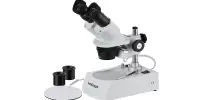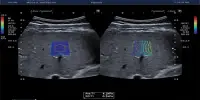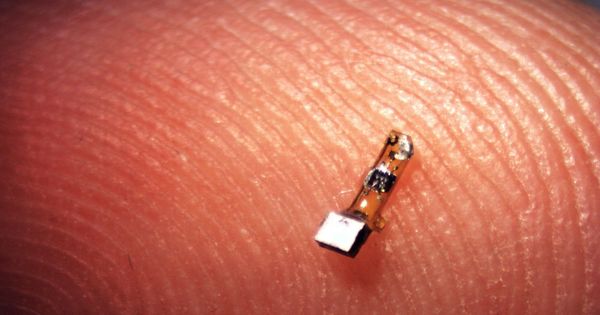Self-driving cars rely on a combination of sensors and algorithms to make decisions and navigate roads safely. Autonomous or self-driving vehicles are anticipated to significantly lower the number of fatalities in traffic accidents in the future.
CERN and the auto safety software provider Zenseact have just finished a three-year collaboration investigating machine-learning models to help self-driving cars make better judgments more quickly and avoid collisions, advancing discoveries along this ground-breaking path.
CERN needs to make quick and effective decisions while assessing the millions of particle collisions generated in the Large Hadron Collider (LHC) detectors in order to collect data from collisions. CERN and Zenseact teamed up to explore how the high-energy physics organization’s machine-learning techniques could be applied to the field of autonomous driving because of its distinctive data analysis skills.
Focusing on “computer vision,” which helps the car analyze and respond to its external environment, the goal of this collaboration was to make deep-learning techniques faster and more accurate.
“Deep learning has strongly reshaped computer vision in the last decade, and the accuracy of image-recognition applications is now at unprecedented levels. But the results of our research with CERN show that there’s still room for improvement when it comes to autonomous vehicles,” says Christoffer Petersson, Research Lead at Zenseact.
Our work together elucidated compression techniques in FPGAs that could also have a significant effect on increasing processing efficiency in the LHC data centers. With machine-learning platforms setting the stage for next-generation solutions, future development of this research area could be a major contribution to multiple other domains, beyond high-energy physics.
Maurizio Pierini
Field-programmable gate array (FPGA) chips were selected as the hardware benchmark for handling computer vision applications. FPGAs are reconfigurable integrated circuits that can carry out intricate decision-making algorithms in nanoseconds and have long been employed at CERN.
The researchers discovered that by making the most of already available resources, the FPGA could accommodate substantially more functionality. The best element is that even on a processing unit with low computational resources, jobs could be completed with excellent accuracy and little latency.
“Our work together elucidated compression techniques in FPGAs that could also have a significant effect on increasing processing efficiency in the LHC data centers. With machine-learning platforms setting the stage for next-generation solutions, future development of this research area could be a major contribution to multiple other domains, beyond high-energy physics,” says Maurizio Pierini, Physicist at CERN.
















